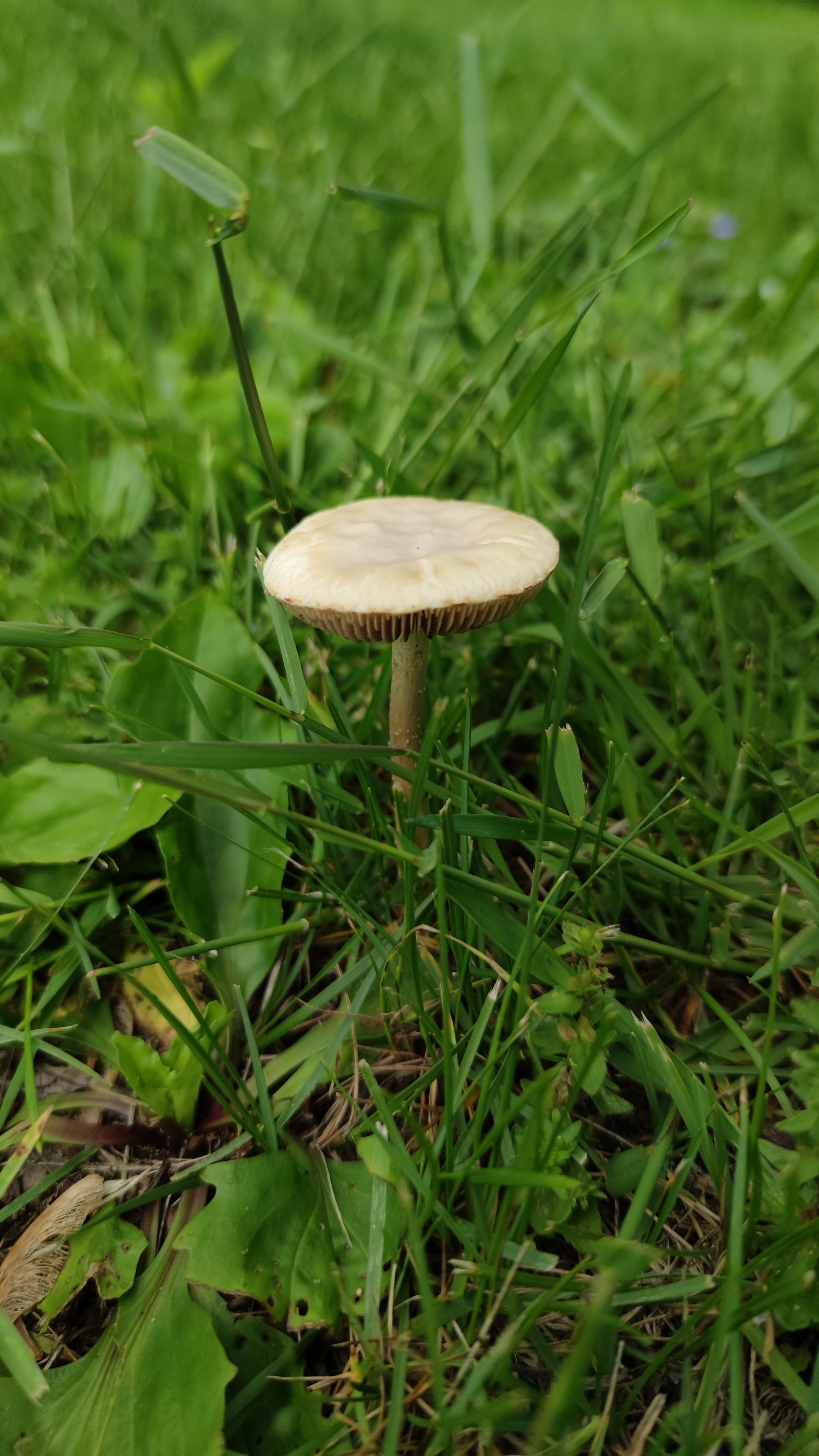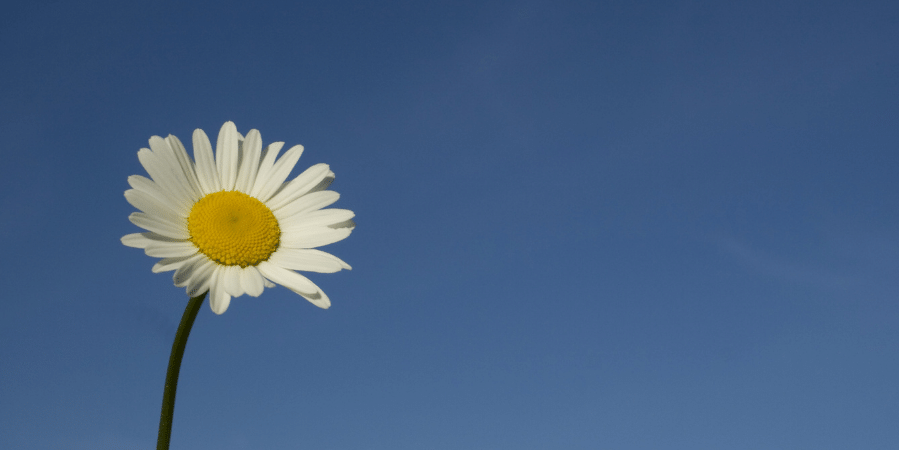Bored of tea? Don’t like the taste? Have some fresh chamomile or chamomile oil around and don’t know what to do with it?
There's a host of ways to use chamomile. Try any of these!
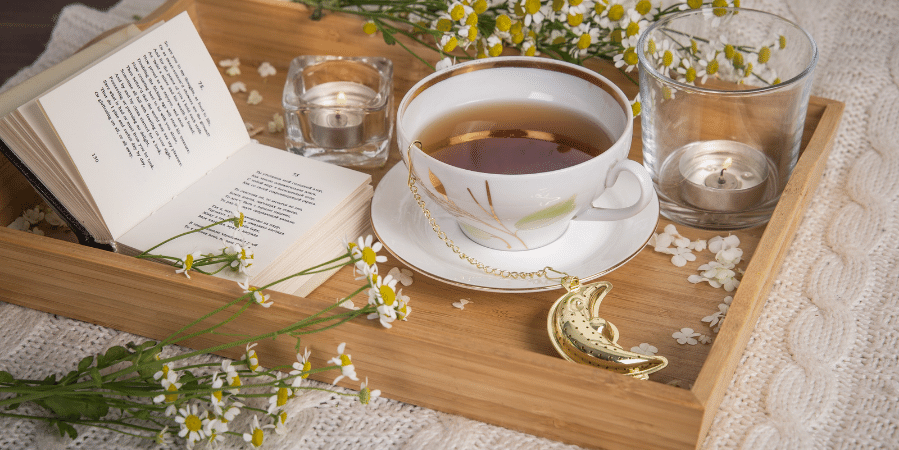
1. Tea/Infusion
Chamomile is usually consumed as tea, but did you know that chamomile can technically only be an infusion? Tea is defined as a drink made from the plants that green, black, and white tea are made from. Any other hot plant water is an infusion!
Infusion tips
For chamomile in tea bags, just throw 1 tea bag in 8 oz of hot water and steep. For loose-leaf (flower, technically, since chamomile is a flower), recommended serving size is 2 tsp dried or 1 tsp fresh, prepared in a mesh tea ball or infusion kit. But it’s fine to drink it as weak or strong as you’d like.
Recommended steeping time for flavor is 2-4 minutes to prevent a bitter taste. However, most of the nutrients come from the bitter oils, so a longer steep of 10 minutes or more is best. If the bitter flavor is unpleasant, honey, lemon, ginger, and peppermint are all good pairings to enrich the flavor.
When boiling, it’s recommended to let it steep in a covered container or mug. When steam escapes, the amount of water-soluble nutrients may decrease as they float away in the steam vapors. I recommend a mushroom mug.
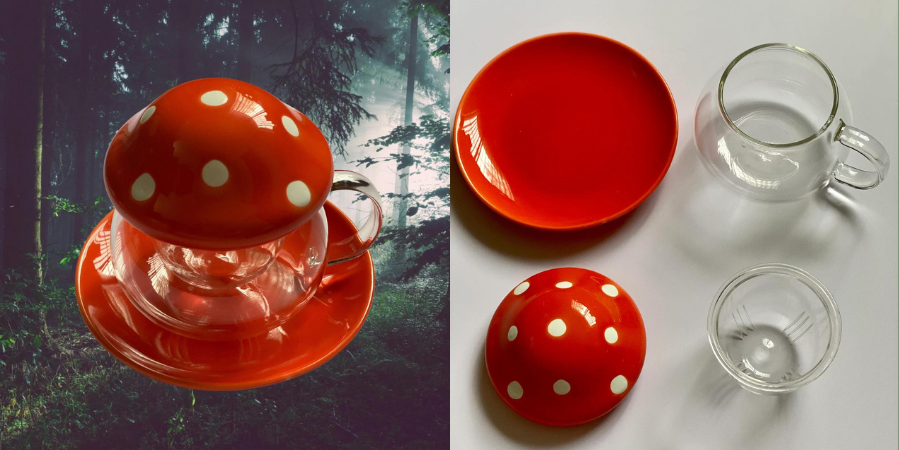
2. Tea/Infusion Combos
Chamomile’s flavor is superbly versatile. Just like apple juice can be added to almost any juice blend without overpowering it, chamomile blends into the background and harmonizes with almost all herb and tea flavors. Any combination can be tried: chamomile with rooibos, rosehips, cinnamon, lavender, lemongrass, lemon balm, or a blend of several.
Here are a few favorite and surprising combinations. (Halve chamomile measurements for fresh flowers.)
- Relaxation + energy: 2:1 ratio of green tea to chamomile, or 1 tsp green tea with 1/2 tsp chamomile.
- Throat soother: 1-2 chamomile tea bags or 2-4 tsp chamomile, 1/2 tbsp honey, and the juice of half a lemon. Stir well and serve warm.
- Simple sleepy time blend: 2:1 ratio of mint to chamomile, or 2 mint tea bags with 1 chamomile.
Tip: You can add as much or little water to tea as you prefer. Try out different water amounts to find your preferred strength!
3. Plant Mist for Leaf Health
Chamomile is a great anti-fungal, mildew repellant, and insects hate it! Steep chamomile tea for 24 hours or more, put it in a spray bottle, and mist on plants. This is especially good for seedlings, which can easily suffer from rot.
Gourd family plants like cucumbers, melons, and pumpkins are especially vulnerable to mildew, which covers the leaves in white, suffocating them until they turn crunchy and shrivel. This remedy may be especially effective for them!
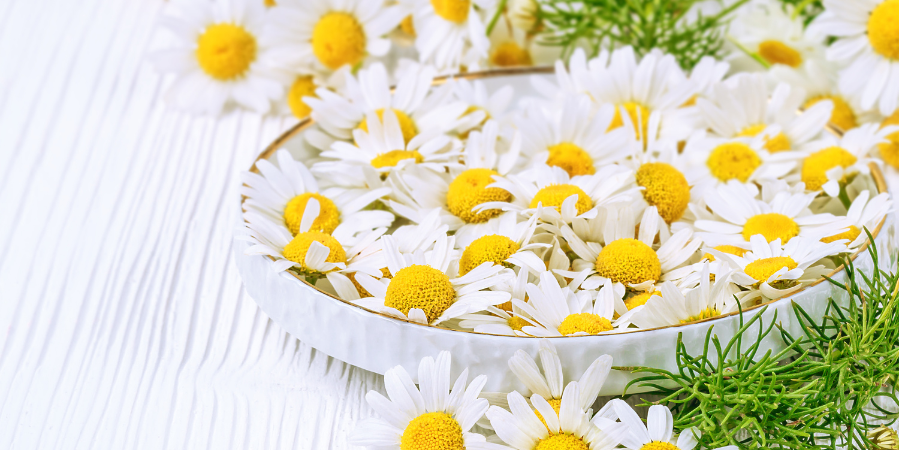
4. Eat Fresh
Fresh chamomile flowers can be used in salad or as a garnish, just like dandelion flowers. Chamomile’s leaves can be used as a rare seasoning like mint, lemongrass, and most other herbs. It can even be grown as a microgreen.
Tip: Be careful what variety of chamomile you harvest or buy if you eat it fresh. German chamomile is the most often consumed type, and the safest. Most allergic reactions to chamomile are to Roman (also called sweet) chamomile. Never eat mayweed (or stinking chamomile). It's toxic!
5. Oil
Chamomile oil extract or essential oil can be used like any other herb oil, from mixing it in bathwater to using it as an ingredient in diffuser aromatherapy.
However, it’s best suited for use in mouthwash or in a salve. It may even be more effective than traditional mouthwash or topical medicine like hydrocortisone cream!
Explore why this versatile herb is so powerful here.
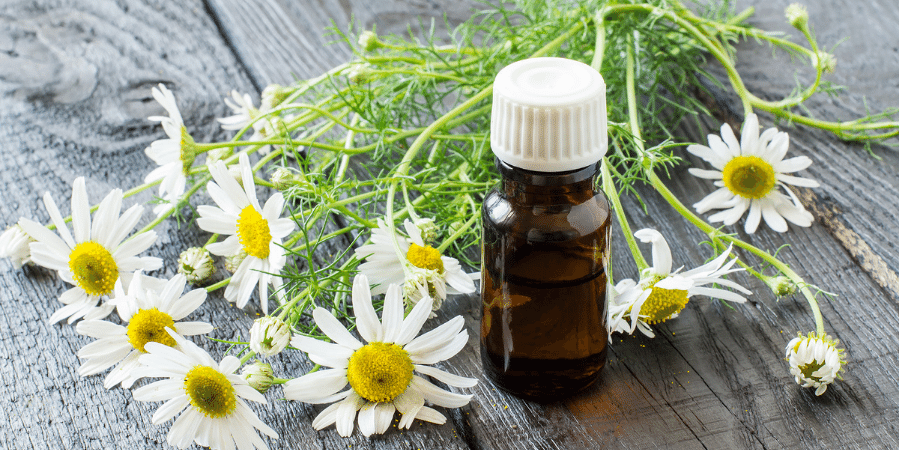
6. Salve
Buy a chamomile salve from your local store, online, or prepare one at home!
Dilute chamomile oil as you would any other herb oil, as it can be harsh when pure. Add to another oil or oil and beeswax combination and mix well. Cool before applying.
7. Supplement
Chamomile can be consumed as a supplement. Some varieties are even sold with standardized apigenin, to make sure you get the most of that powerful antioxidant/polyphenol combo chamomile is rich in.
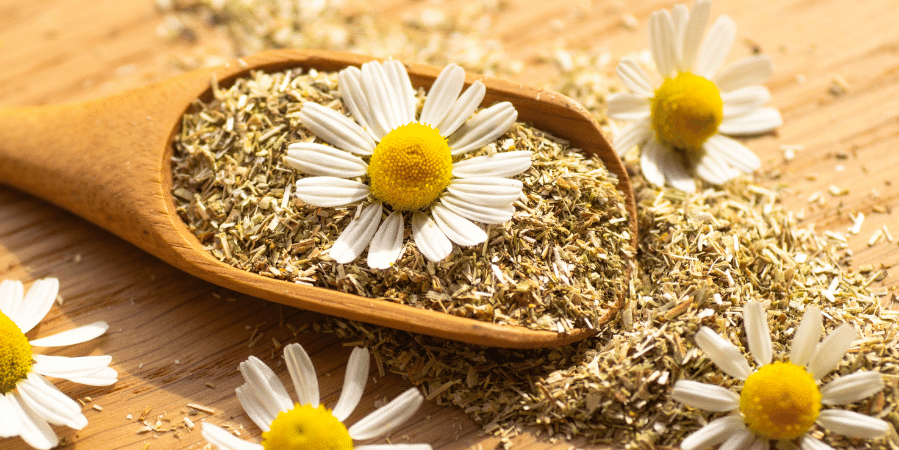
8. Sprinkle in Your Surroundings
To add a fresh scent to your house, throw some chamomile on your floors before or while you vacuum. This is an especially good use for expired chamomile! (As long as it doesn’t smell bad, that is.)
Chamomile naturally grows on the edges of fields and forest paths. The fresh scent may be reminiscent of a relaxing nature walk on a warm, sunny summer’s day, with the apple notes reminiscent of a picnic.
9. Scent Your Bed
Yes, in your bed! Tuck fresh or dried chamomile flowers in your bed and pillows so you inhale those relaxing chamomile particles, softening your journey to dreamland.
In the olden days when people made their beds out of straw or feathers, they could add herbs and such when making them to customize their sleeping environment. While you certainly shouldn’t tear apart your bed or pillows just to stuff in some herbs, there are alternatives.
You could throw them straight into your pillowcase or the sides of your bed’s bottom sheet, but this might be messy and uncomfortable. No one wants to wake up with a chamomile flower in their nose or step on a pile of them getting out of bed!
To avoid this, make a sachet with a piece of cheesecloth, linen, cotton, microfiber, or even a clean sock. Any of these can be tied shut with twine, string, or a hair band. Or just use some tea bags if you can’t get fresh or loose-leaf options.
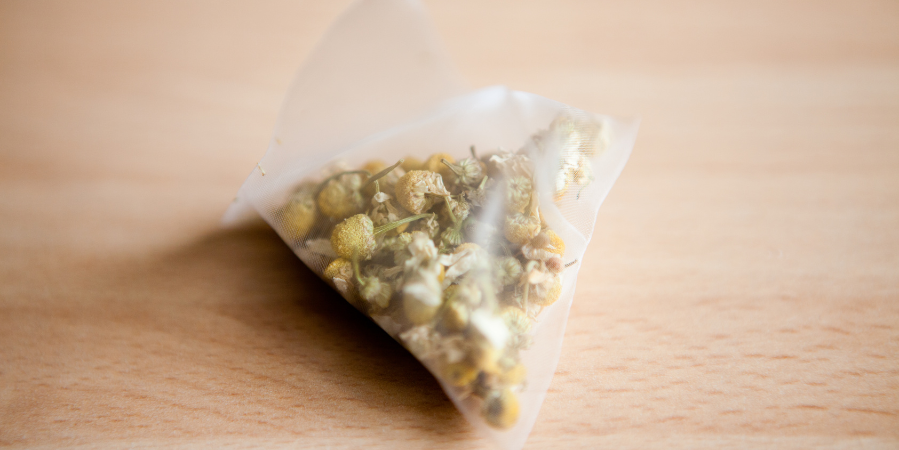
10. Scent a Bath
You could just throw some chamomile flowers in hot bathwater and soak, but if you don’t like that, there are other options!
Add 1.5 cups of chamomile to a nylon stocking, muslin bag, or tied cheesecloth and add under the faucet before adding water for a relaxing, soothing bath. Or use 1/2 cup each of chamomile, lavender, and lemon balm for a richer scent and extra herbal power.
Chamomile or a chamomile combo can also be steeped in water a day or two before bath time in a glass jar or other heat-safe jar or pot. If you need an ice bath, it can even be frozen in freezer-safe containers like ice cube trays or used and cleaned plastic yoghurt containers.
Where to get it
Many chamomile products, like tea bags, salves, and supplements containing chamomile can usually be bought at your local grocery store or pharmacy. If you have fancy stores in your area, you might even be able to buy loose leaf or fresh chamomile, chamomile oil, or other products!
If you can’t find anything in your local area, online options like Amazon are always available. You can also grow it yourself in your garden, a pot, or as microgreens.
Happy herbing!
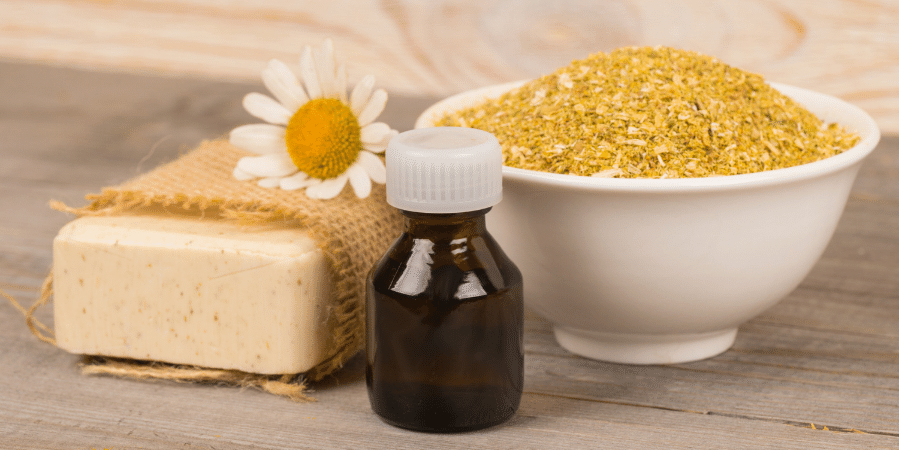
Sources:
Trail, J. V. (2011). Popular Chamomile. Herbarist, 77, 21–23.
Martens, D. (1995). Chamomile: The Herb and the Remedy. Prover: The Journal of the Chiropractic Academy of Homeopathy, 6(3), 15.
Monograph. Matricaria chamomilla (German chamomile). (2008). Alternative Medicine Review, 13(1), 58–62.
Howe, M. (2001). Chamomile Shelter from the Storm. Country Living, 24(3), 54.
Engels, G., & Brinckmann, J. (2015). Chamomile. HerbalGram, 108, 8–17.








